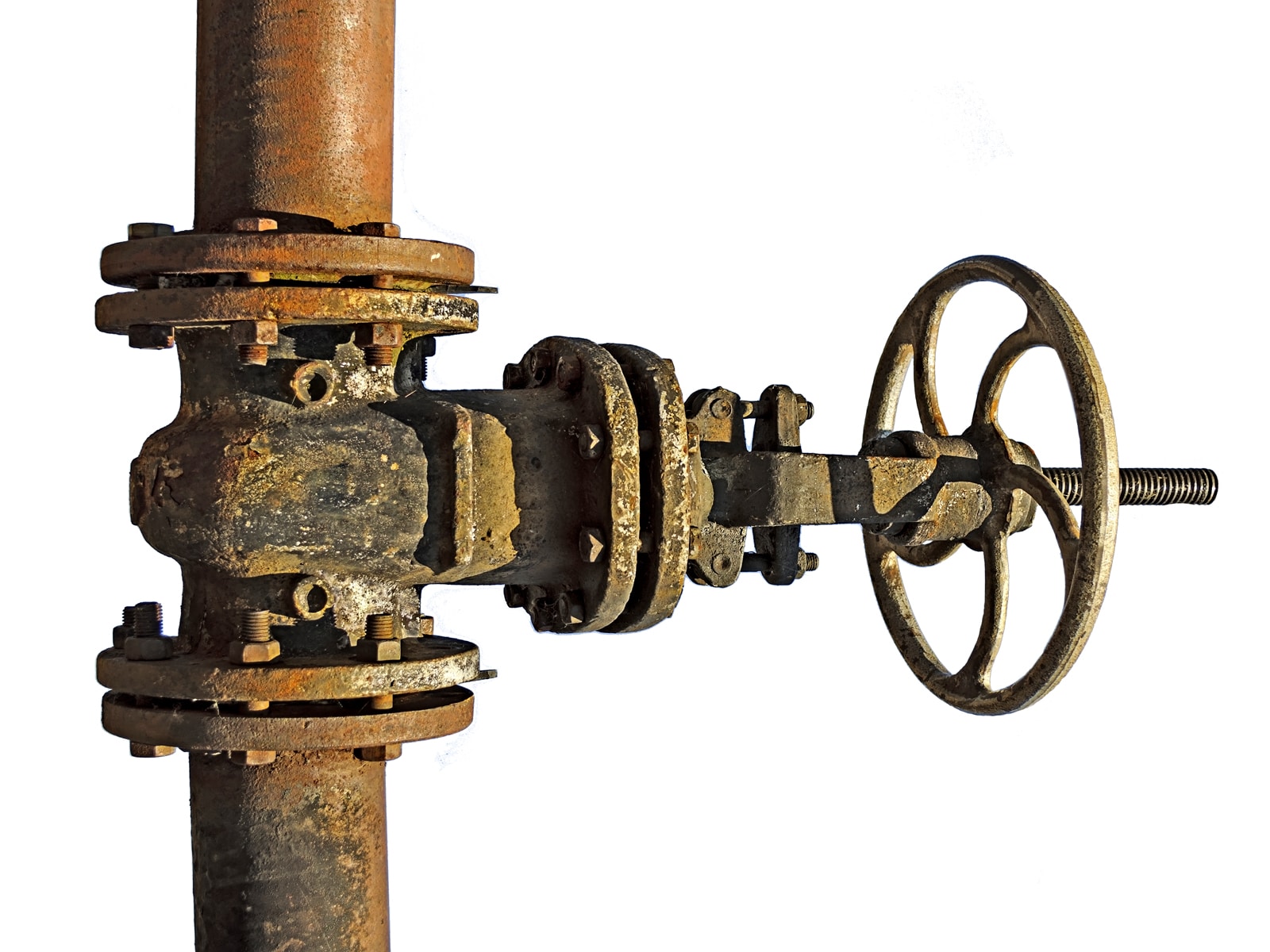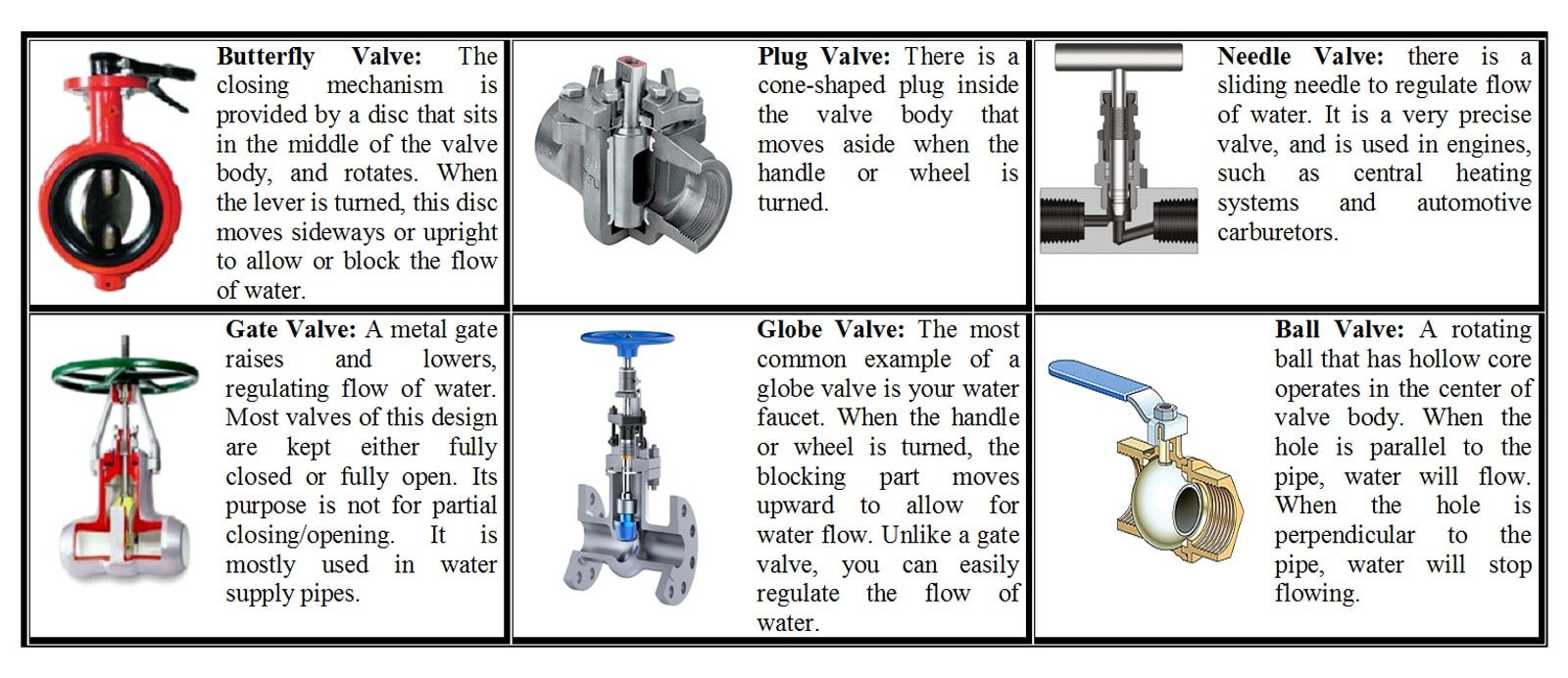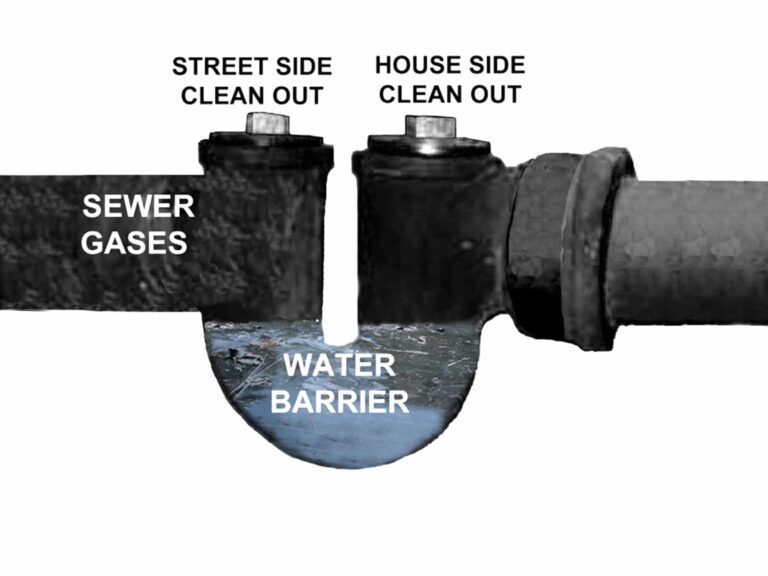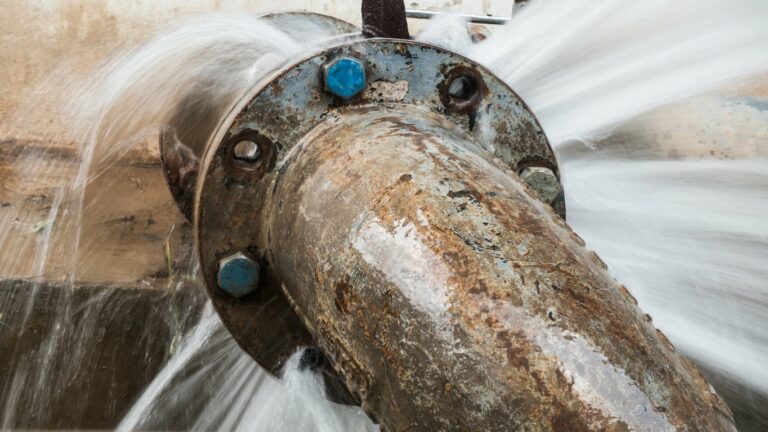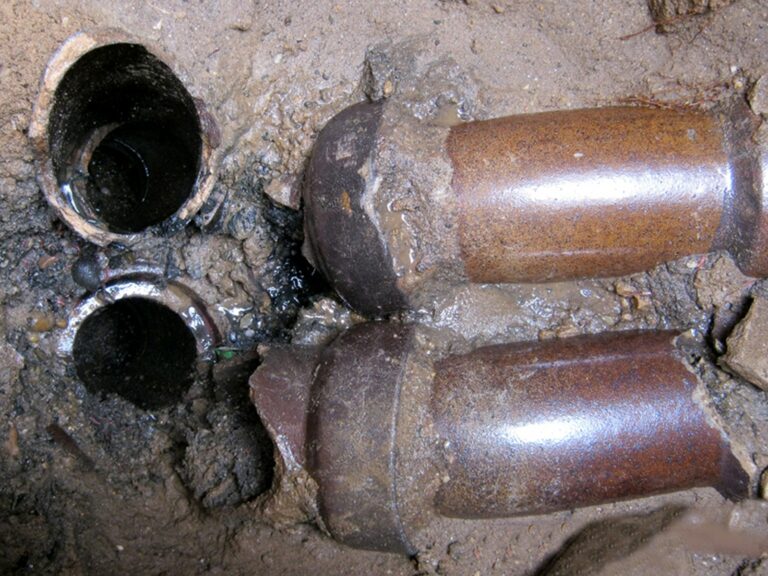Valves have all sorts of applications and are vital to a number of industries. But let’s concentrate on water valves since that is what most folks deal with in their homes. We will start with a brief overview and explanation of different types of water valves.
In the simplest terms, a valve is a mechanical device designed to block a pipe either completely or partially to change the amount of gas or fluids that flow through that pipe. Some are simply meant to cut off the flow of water, while other valves are meant to carefully control flow or to clearly indicate whether they are open or closed. With that having been said, that is why there are indeed different types of water valves.
A valve that controls water is commonly used in a faucet for a kitchen, bathroom, and service lines to control the amount of water that flows into your home. But types of water control valves can also control wastewater flow, extremely hot water, steam, or excess pressure buildup (such as in a boiler or a water heater).
Water and Gas Valves Cannot Be Used For Either Application
A good example of another type of valve other than meant for water is a gas valve. For instance, multiple gas valves are located on your cooktop, in which a valve controls gas flow through the pipe to each burner. With more gas, you get a bigger flame and more heat. Naturally, there are multiple gas valves located in your home that control heat, hot water, and the actual gas service feeding your home.
Gas valves have a completely different type of design than the various types of water valves, and they cannot be used interchangeably. Perhaps the most common gas valve is a plug type valve, which is somewhat similar to a ball valve.
The History of the Types of Water Valves and Their Functions
The Roman Empire utilized plumbing extensively and was one of the first civilizations to make use of water valves. The design of the ancient Roman water valve was very similar to that of the modern valve we still use today. In general, the ancient model used a bronze cylindrical insert inside a valve body. The cylinder has two oval holes to allow passage of water.
Sometimes a pin was forced into the valve with a hammer; it could be turned but not removed to prevent people from tampering with the water supply or using water without proper authorization. In a modern design, a plug insert was rotated or moved within the valve body to provide flow or shutoff.
In most cases, we refer to this as the gate, or ball, component of the valve. Types of water valves vary with how they operate, and their components.
Types of Water Valves
The various types of water valves come in a variety of designs, with some specialized functions as well. From the outside, most types of valves probably look the same, but the blocking mechanism can be quite different. Some of the most common types of domestic water valves are as follows:
Pressure Release Valves
Some valves are specifically designed to automatically open to release the steam or water pressure inside of a vessel (such as a water heater, boiler, etc.). These are called safety valves, or pressure relief valves. When the valve contains dangerous liquids or gas, including toxic chemicals and flammable petroleum, it must be perfectly secure. Once the valve is closed, it should not allow the liquid or gas to pass through it under any circumstance.
A perfect example of this kind of valve is one fitted into a hot water outlet. When you turn the handle clockwise or counterclockwise, the valve will move up and down. As shown by the image below, water will flow from the horizontal pipe and come out of the vertical pipe. You can turn the handle to allow different amounts of flow, allowing you to control the amount of water you will get. The green colored component at the bottom is the safety item.
When hot water pressure builds up, it will push the safety valve down; the hot water will escape through the bottom and release the pressure. In other words, the designer intentionally lets the valve fail through a safety relief. When the pressure gets too high, it is better to let the valve open and release the pressure, rather than letting the pressure keep building up and destroy your pipe, boiler, or water heater.

Water Valve Materials
Different types of water valves can be made from many different materials. They include plastic, brass, cast iron, galvanized pipe, bronze, stainless steel, alloy steels, and gunmetal. These materials are commonly found, depending on the intended application. As an example, for seawater or saltwater applications, most valves are made of duplex stainless steel for its corrosion-resistant properties.
When a valve is used for liquid sulfuric acid, Alloy 20 is the most popular material to make it out of. Plastic valves, including PVC, are used for irrigation systems, and low-pressure, and low-temperature applications.
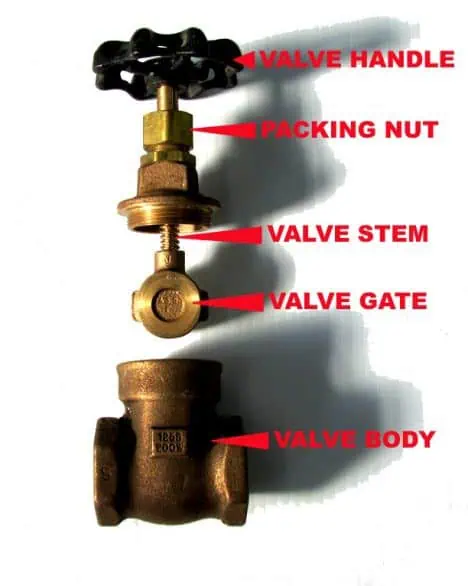
The Components of Most Types of Water Valves
The outer part of the valve that houses the valve’s working components is called the valve body. While the interior of the valve body is called the seat. It often has metal parts and a rubber plastic seal to make sure that the opening and closing mechanism is perfectly tight. Gate valves have a rising gate, while ball valves have a ball that turns 45 degrees to open and close,
Most valves are operated manually, while others operate by an automatic mechanism, such as a puppet or mushroom valve in car engine.
Every valve should not allow any liquid or gas to escape through the pipe when in a closed position. When there is dangerous or flammable liquid/gas inside it there is a risk of an accident, including explosions or toxicity. Even in a domestic application, a leaking valve can result in an expensive water bill.
Depending on the application, turning off a valve may require hard work due to the pressure inside it. This is the reason that you need some sort of lever or wheel to open and close the valve, in some cases you may even need a helper. Learn more about how to properly open or close a gate valve, and how to properly operate a ball valve.
Repairing a Gate Valve For a Water Line
Many times a gate valve for a water line may leak or drip. In many of those cases, the issue is with the packing itself or the packing nut. What is good to know is that repairing a leaking packing nut is fairly easy and involves little risk of making things worse or creating a bad leak.
How Different Types Of Water Valves Are Rated
The various types of water valves are based on their ability to withstand pressure and temperature inside the body. Another common variable is the type of materials it can handle. As an example, if a valve has a marking that says “200 WOG”, it means the valve can handle Water, Oil, or Gas (WOG) with a maximum pressure of 200 psi.
What affects a valve’s rating?
There are many things that affect a valve’s rating, but the most important thing is the materials used, and the thickness of the valve body. With higher-grade materials and quality controls, the valve’s rating will be higher as well. Certain valves, including those meant for fire protection control, are required to be UL-listed. The Underwriters Laboratories is a renowned and internationally recognized testing laboratory.


